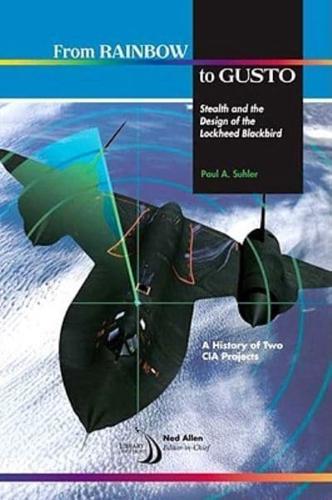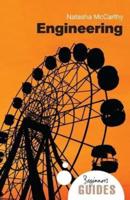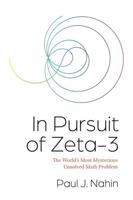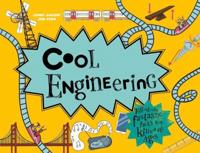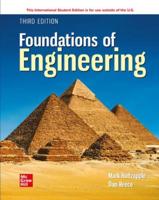Publisher's Synopsis
In 1956, the shock of the 1941 Japanese attack on Pearl Harbor and the horrors of the war that followed were still fresh in the minds of America's leaders. When the Soviet Union exploded its own atomic bomb in August 1949, the sense of vulnerability increased, with the realization that the next surprise attack could destroy American cities and kill millions of people. Deterring an attack required knowing Soviet capabilities and intentions. To gather that information, the U-2 spyplane had begun photographing large sections of the Soviet Union, flying at altitudes far above the reach of their air defenses. But while the U-2 could go where it wanted, the Soviets could track it from border to border. It was only a matter of time before their interceptors or missiles would be able to knock it out of the sky. The only hope was to make the U.S. aircraft invisible to their air defense radars. And if it couldn't be made invisible, then a new aircraft would be needed. This is where the story of stealth and the Blackbird begins.Based on interviews, memoirs, and oral histories of the scientists and engineers involved, recently declassified CIA documents, and photographs, reports, and technical drawings from Lockheed and Convair, this is a technical history of the evolution of the Lockheed A-12 Blackbird. It begins with the attempts to make the U-2 invisible to Soviet radars, presents the subsonic and supersonic designs for the follow-on aircraft, and describes the competition between Convair and Lockheed to accomplish a quantum leap in performance. It traces the evolution of various technical approaches and explains engineering concepts in terms accessible to the educated layperson.
